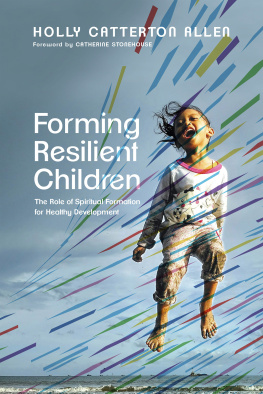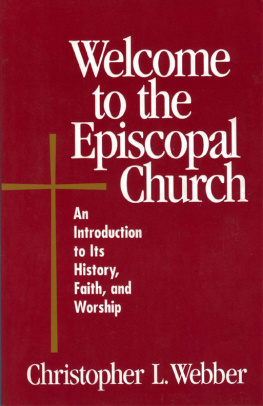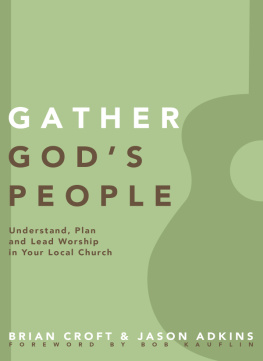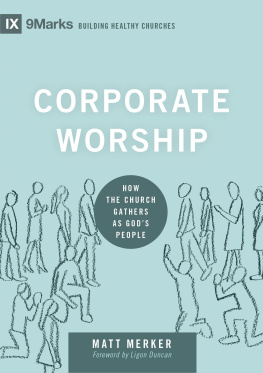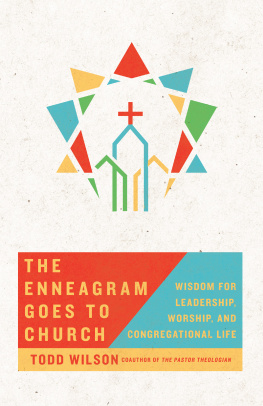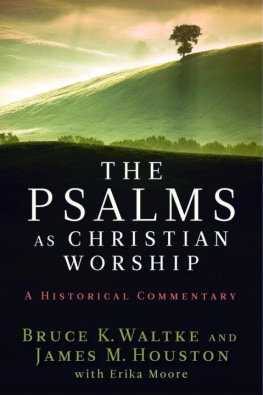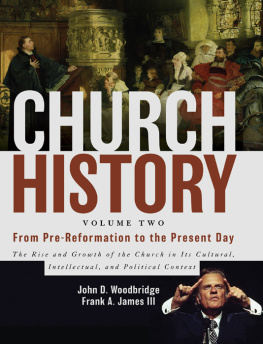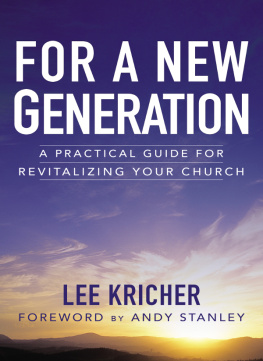Appendix A
Forty Intergenerational Ideas
Most churches have five or six generations. When guidelines say two or more generations, they are referring to the generations listed below:
- children (twelve years of age and under)
- teens (ages thirteen to eighteen, in junior high and high school)
- emerging adults (ages nineteen to twenty-eight or so, single)
- young adults (young marrieds; pre-children or with young children; may include young singles as well, divorced or never married; may overlap with emerging adults in age)
- middle adults (still working; teenage and emerging-adult children; may include single middle adults also, divorced or never married)
- older adults (retired and older; married, divorced, single, widowed)
Ten Ideas for Drawing the Generations Together Through Utilizing the Senses:
- Share a loaf of whole wheat bread and a loaf of white bread in an intergenerational setting. (Perhaps ask two people from an older generation and a younger generation to make the bread.) Discuss how the whole wheat bread is different from white bread (more substantial, more nutritious, more filling, healthier, etc.). Discuss how Jesus is our whole wheat bread of life. How is whole wheat bread like spiritual food?
- While reading Genesis 1, play Smetanas The Moldau. Ask: Does this sound like music that goes with creation? What other music that you know would go beautifully with reading Genesis 1? (If you wish, look up the background on this symphonic composition; the Moldau is the river that flows through Prague.)
- Ask someone who knows sign language to teach an intergenerational group (or the whole gathered faith community) the signs for God, Lord, glory and holy . Then pray the prayer, Lord, you are holy; God, we give you glory with everyone signing the words that were taught.
- Encourage two from different generations make a recipe together for a potluck or a small group gathering.
- Ask participants to bring a favorite blanket, stuffed animal, afghan, pillow or other favored textured item from home (children especially will participate proudly). As each person shares his or her favorite touchy-feely item, ask why this item is so important. After all have shared (or along the way if it works), discuss the importance of texture, the comforting nature of some textures and why we are comforted by them. Then ask: Why might God have made us in such a way that these soft, warm items comfort us? How are they like him?
- Organize an intergenerational art event; encourage young to old to bring their drawings, paintings and other artistic creations to share.
- After a meal together, discuss how studying from Scripture is like eating (it nourishes us; we must eat/study regularly, not just sporadically; when we study together, we bring different insights to the meal, and can thus share the food; when one hasnt had time to study, she or he can eat off anothers plate).
- Ask a willing person from each generationall six generations if possibleto share with the gathered faith community how they would make a joyful noise to the Lord (Ps 95:1 ESV ). Encourage them to bring props if needed.
- Call two specific generations to set up for a potluck meal (e.g., teens and middle adults); call two specific generations to clean up after a potluck meal (e.g., emerging adults and [active] older adults).
- In any cross-generational setting, bring three aromatic herbs or spices (e.g., cinnamon, lavender, chili powder) in unmarked containers. Let participants catch a whiff of each scent, discuss special memories associated with those aromas, then ask: What will be the aromas in heaven? Why?
Ten Ideas for Engaging the Generations While Reading Scripture:
- Ask three individuals (from three different generations) to share a time when a particular passage became life for them.
- Read Psalm 136 antiphonally; all, even nonreaders, can repeat the phrase, His love endures forever.
- Ask three people from three different generations to share their favorite memory verseand why it is important to them.
- Show Michelangelos Piet (sculpture of Mary holding Jesus after his death); read about Marys standing at the foot of the cross when Jesus died. Discuss how she may have felt. If you wish, ask a mother who has an adult child to share how hard it would be to watch her son or daughter die.
- Share a story from Jesus life that carries deep meaning (ask individuals from different generations).
- Ask three people from three different generations to share an important psalm in their life.
- Ask: Where do you go in Scripture when you are lonely, sad, hurting, wounded, thrilled, thankful? (Ask someone from three different generations to share.)
- While reading Luke 15:11-32, show a picture of The Return of the Prodigal Son, Rembrandts famous painting of the father receiving the son. Ask who the different people are in the painting. Note the young brothers appearance. Point out the expressions on the faces of the father and the older brother. What is most touching about the painting? Do we have stories like this among us? How do we receive those who return?
- Locate six to eight people of various ages in the faith community who speak different languages. While reading Acts 2, ask them to begin saying several phrases in their non-English language: How is it we understand in our own language? Arent these men unlearned Galileans? I speak only Spanish and she speaks only Chinese; how are we understanding what is being said all at once? Who are these men? What is happening here?
- Read Psalm 78:1-8 aloud with everyone listening for how many generations are mentioned. Ask how many generations were named (people usually find four generations, though it is possible to name five). Read it again, noting the different generational references as you go. See if you have five generations represented in your group (possibilities: child, teen, emerging adult, young adult, middle adult and older adult). Then enact the following scene: the oldest generation representative tells something powerfully true about God (e.g., God is good or God loves you) to the next generational representative, then that person turns to the next person and tells that same truth, and so on to the child. (This will work even if only three generations are present.)
Five Ways to Draw the Generations Together Through Worship in Song
- When singing Be with me, Lord, suggest singing Be with us , Lord. (Note that Paul used the expression our)
- Ask two from different generations to choose the songs occasionally or frequently.
- Sing pairs of themed songs from two (or three) different generations (e.g., a song on thankfulness from the 70s or 80s and a current one, or a Reformation-era hymn and a contemporary song on grace).
- Choose a song all generations know and enjoy, then ask a younger person and an older person to share what this song means to them (ask ahead of time).
- Include a teen or child on the worship planning team occasionally or regularly; so doing will affect the choice of songs/hymns and spiritual songs chosen.
Four Activities for Getting to Know Each Other
- Ask in mixed-age setting: Where were you when...
- JFK was killed?
- Apollo landed on the moon?
- the Challenger exploded (1986)
- the Berlin Wall fell (1989)
- you heard of Princess Dianas death?
- 9/11 occurred?
- you heard the news that Osama Bin Laden had been killed?
- Bring an item from your past and share a story:
- Christmas ornament
- Card received
- Picture of a special day in your life
- Share:
- Saddest day of life
- Most victorious day of life


